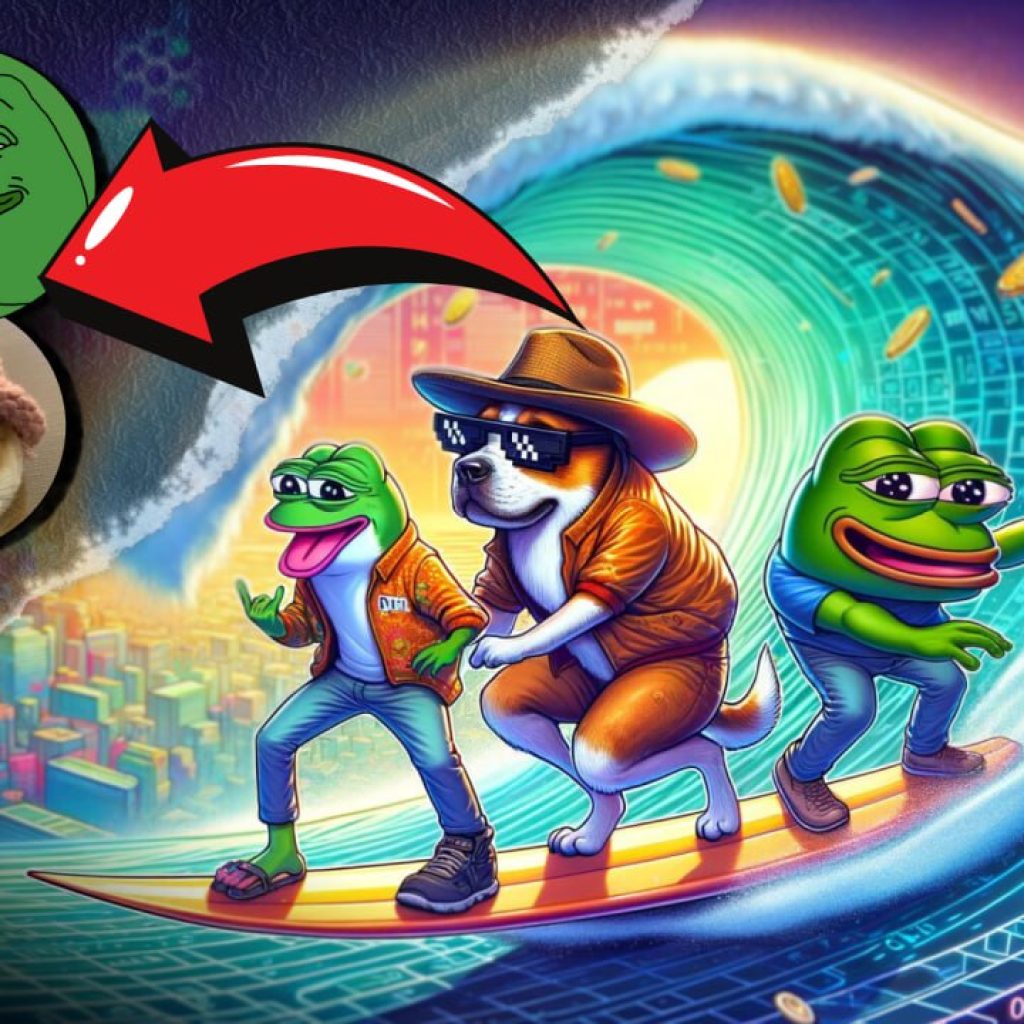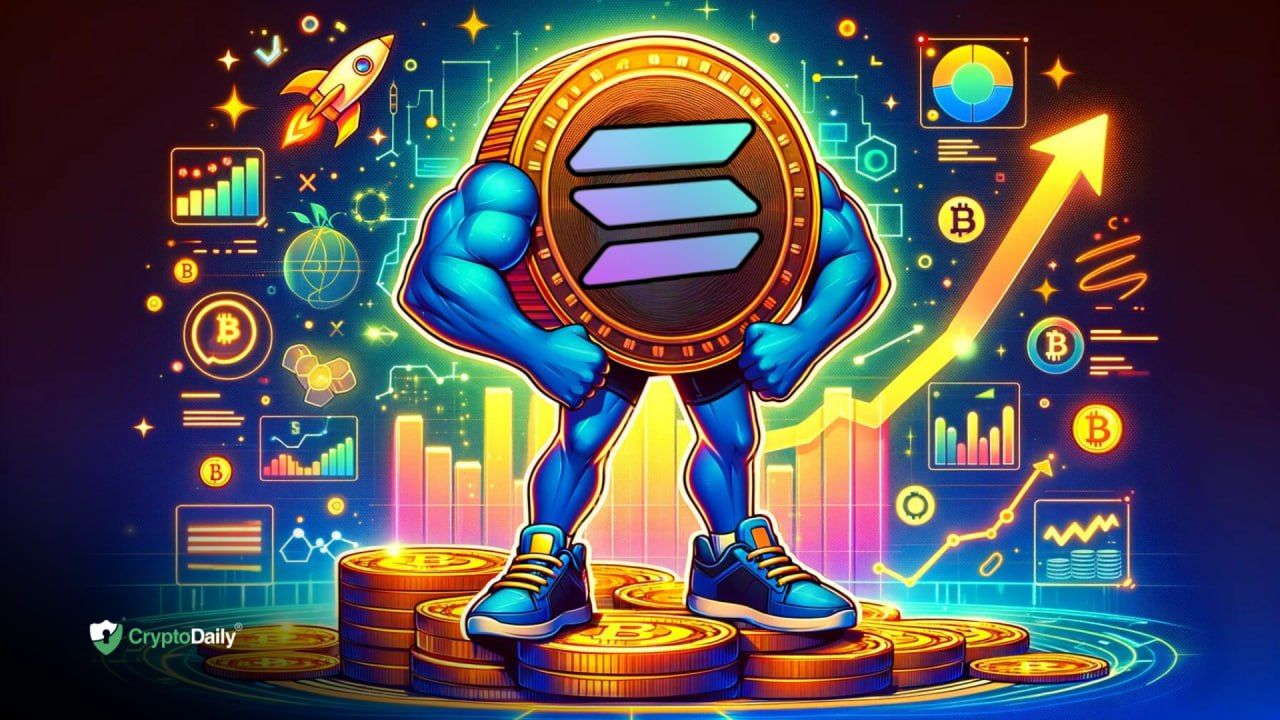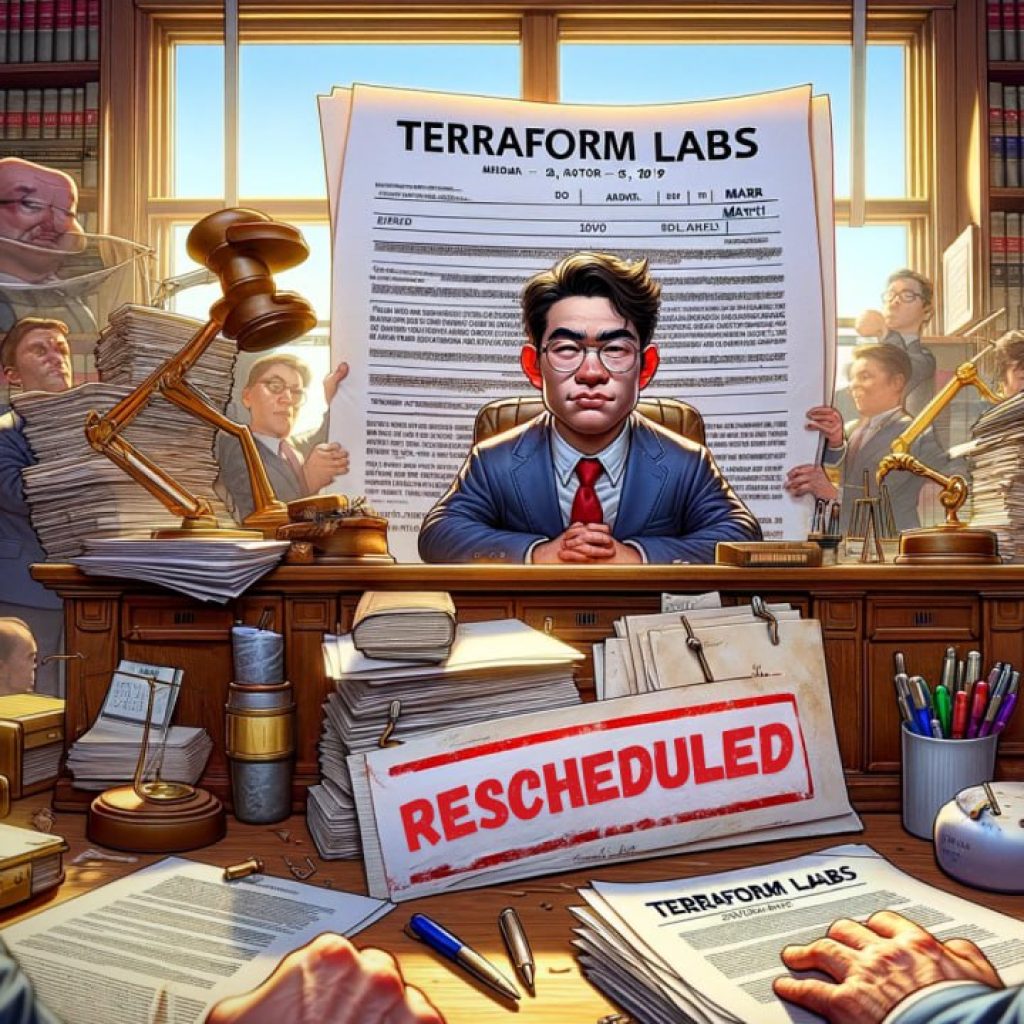Crypto enthusiast and billionaire entrepreneur Elon Musk has criticized NFTs for not being properly encoded in the blockchain.
Musk’s Criticism Of NFTs
In a recent appearance on the "Joe Rogan Experience" podcast, X.com (formerly Twitter) owner and Tesla and SpaceX CEO, Elon Musk, delivered a critical take on NFTs that has sparked a conversation within the crypto community.
Musk highlighted a crucial issue in the NFT space, stating,
"The funny thing is the NFT is not even on the blockchain—it’s just a URL to the JPEG. You should at least encode the JPEG in the blockchain. If the company housing the image goes out of business, you don’t have the image anymore."
Common Criticism For NFTs
Musk's criticism echoes a long-standing concern about NFTs. Many early adopters raised similar issues, especially when high-profile NFT sales, such as Bored Ape and CryptoPunks avatars, were generating astronomical incomes in 2021. The problem becomes even more apparent when considering Mike "Beeple" Winkelmann's tokenized digital art, which sold for $69 million at a Christie's auction in March 2021.
Musk’s concern about the legitimacy of these digital assets is quite valid, especially in the aftermath of the FTX collapse when the NFTs associated with its own marketplace stopped working once the FTX servers went offline.
Misconceptions About NFTs
In light of Musk’s comments, it is important to understand clearly what these non-fungible tokens truly represent. Instead of the artwork or digital asset itself, NFTs function as receipts or proofs of ownership connected to digital art, video game items, physical objects, or other assets. Some NFTs are linked to decentralized blockchains, making them immutable and censorship-resistant. In other cases, the NFT represents ownership of real-world items.
Bitcoin's Ordinals
Interestingly, there exists an NFT-like ecosystem where all artwork and media are fully on-chain—Bitcoin. Bitcoin's Ordinals protocol allows users to "inscribe" artwork and other media directly onto the blockchain. This process differs from Ethereum and other blockchains that rely on smart contracts to create NFTs.
With Ordinals, artwork or media is associated with a single satoshi, the smallest unit of Bitcoin, and given a unique inscription number, which will exist as long as the Bitcoin network remains live.
Thus, Musk’s remarks have resonated with Bitcoin advocates and Ordinals backers. They argue that his comments underscore the advantages of Ordinals over traditional NFTs on Ethereum and other blockchains.
Disclaimer: This article is provided for informational purposes only. It is not offered or intended to be used as legal, tax, investment, financial, or other advice.





